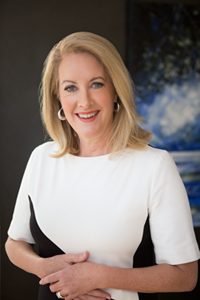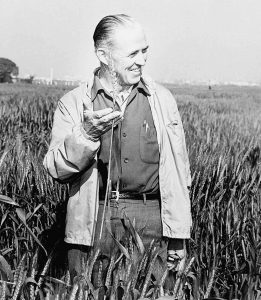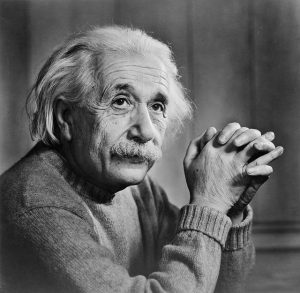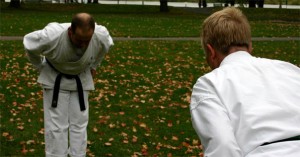 When exactly do we become an adult?
When exactly do we become an adult?
Is it at 18 years old when we can legally vote and fight and marry? Or in our early 20’s when we move into a career and relationships? Or is it later, perhaps when we begin a family (but what if you never do)?
And once you reach adulthood, is that who and what you are for the remainder of your life?
Well, no. Not necessarily.
In fact from a psychological perspective there are now thoroughly researched stages of adult development.
Of the various models, I prefer Beck and Cowans version called Spiral Dynamics. But for simplicity, Kegan and Laheys model (diagram below) gives a clear indication of the maturation continuum which exists and is potential in every one of us.
- By early adulthood we are at Socialised Mind, where we are largely moved by and oriented toward external forces. We are reactive and dependent, we perceive problems and threats, we seek safety and to fit in with the group. Some 70% of adults are associated with this stage of development.
- For some, the next stage of development, the Self-authoring Mind emerges, whether through attraction, disonance or crisis. Here we are more independent, creative, oriented toward living from our own values and goals. Perhaps 30% of adults mature to this stage.
- Beyond the masses arises the Self-transforming or Integral Mind. Here risk, ambiguity, holistic vision, scale, volatility, tension etc are appreciated and embraced as interdependent elements of life. Less than 1% progress to this breadth.
- Posited to exist even further along the development continuum is Unitive Mind … but I’ll leave you to research that for yourself 😉
So yes we are all adults; but we are not all adults at the same stage of psychological development.
Given that, it strikes me that the lifetime challenge we each face is to keep on ‘growing up’.
That is, we are never fully and finally ‘adult’ … isn’t that a refreshing idea!











